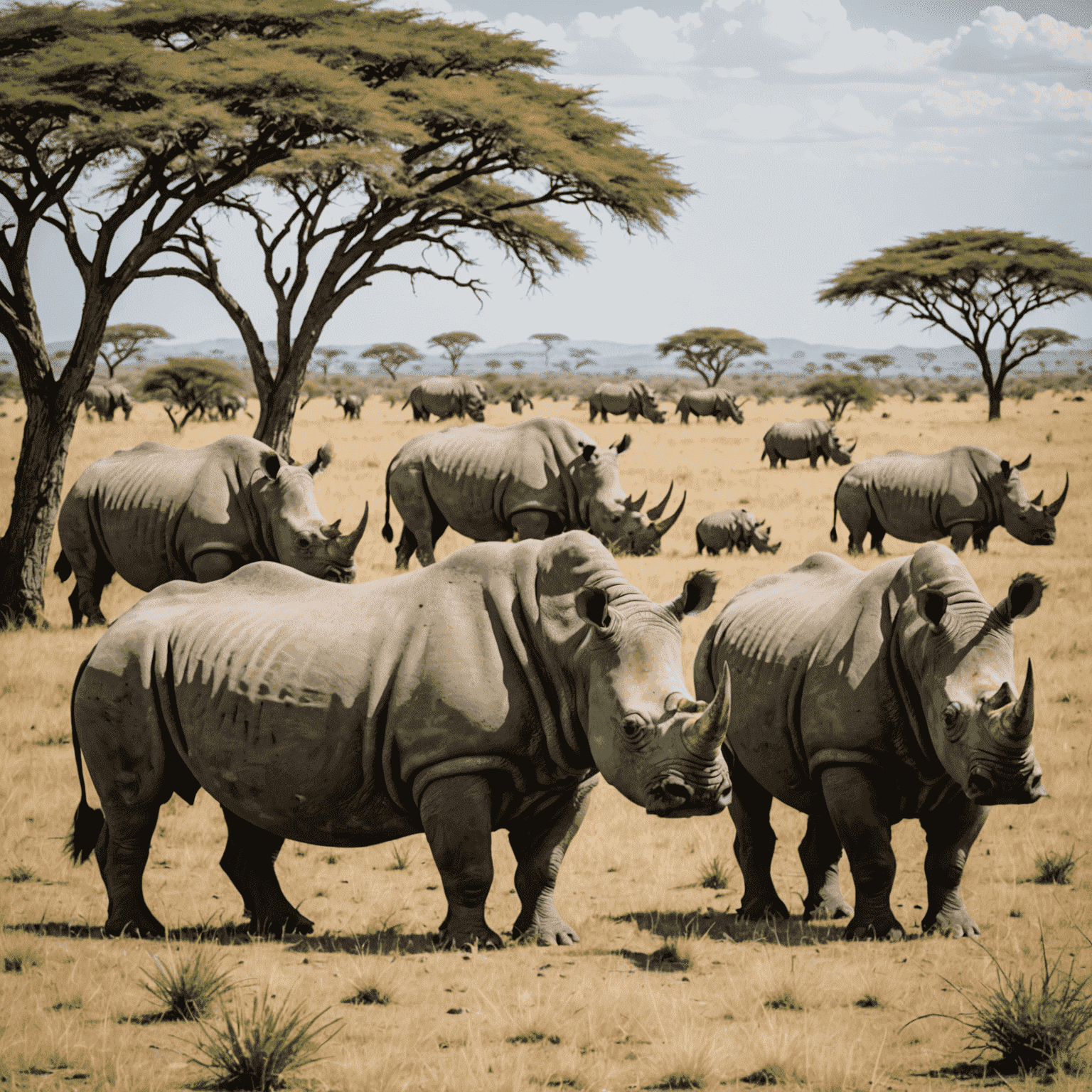Rhino Conservation Efforts: A Global Update

In recent years, the plight of rhinos has captured global attention, spurring increased conservation efforts and anti-poaching initiatives. This article provides an overview of the latest developments in rhino protection across the world.
Technological Advancements in Anti-Poaching Measures
Conservation organizations are leveraging cutting-edge technology to combat poaching. Drones equipped with thermal imaging cameras are now being used to monitor rhino populations at night, when poachers are most active. Additionally, AI-powered acoustic sensors can detect gunshots and vehicle movements, alerting rangers to potential threats in real-time.

Community-Based Conservation Programs
Recognizing the importance of local community involvement, many countries have implemented community-based conservation programs. These initiatives provide economic incentives for protecting rhinos, such as eco-tourism jobs and revenue-sharing schemes. By aligning conservation goals with community interests, these programs have shown promising results in reducing poaching incidents.
International Cooperation and Legal Frameworks
Countries are strengthening their collaboration to address the illegal wildlife trade. Recent international agreements have focused on closing loopholes in existing laws and improving cross-border cooperation in tracking and prosecuting poachers and traffickers. Some nations have also increased penalties for rhino-related crimes, serving as a stronger deterrent.

Breeding and Relocation Programs
To boost rhino populations, several countries have initiated breeding programs in protected areas. These efforts are complemented by strategic relocation initiatives, which aim to establish new rhino populations in safer habitats. Such programs have shown success, particularly with the critically endangered black rhino species.
Public Awareness and Education
Global campaigns to raise awareness about rhino conservation have gained momentum. Educational programs in schools and communities near rhino habitats are helping to foster a culture of conservation. Moreover, international efforts to reduce demand for rhino horn in consumer countries are showing gradual but positive results.

Challenges and Future Outlook
Despite these encouraging developments, rhinos continue to face significant threats. Habitat loss, climate change, and persistent demand for rhino horn in some markets remain major challenges. However, the combined efforts of governments, NGOs, local communities, and technology companies provide hope for the future of these magnificent creatures.
As we move forward, continued support for rhino conservation initiatives is crucial. By staying informed and supporting reputable conservation organizations, we can all play a part in ensuring the survival of rhinos for generations to come.